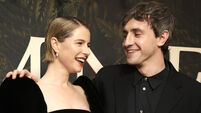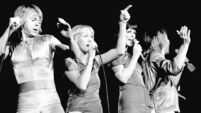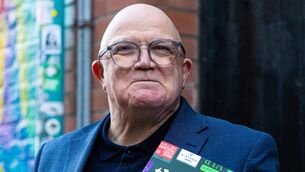Cork in 50 Artworks, No 12: Irish Sky Garden, Liss Ard Estate, Skibbereen
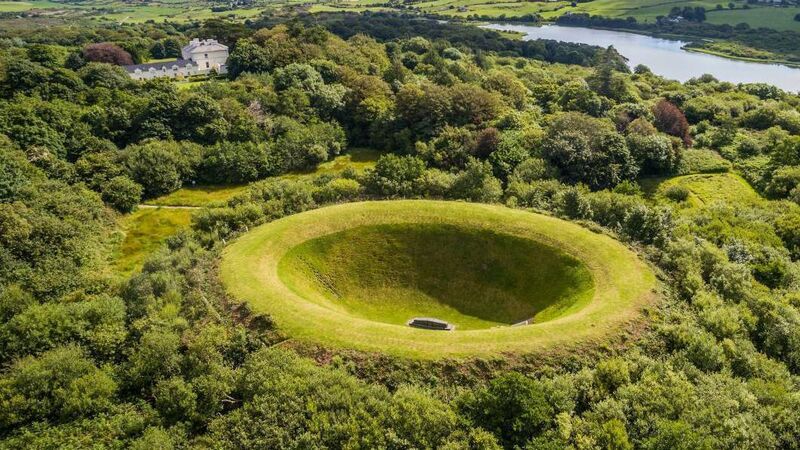
The Sky Garden, at Liss Ard Estate in Skibbereen.
Irish Sky Garden at Liss Ard, Skibbereen is almost certainly the only work the celebrated American land artist James Turrell has ever designed and then disowned. Whether it can be considered part of his ouevre is therefore open to debate, though it remains a gift of his prodigious imagination.
Liss Ard, a mile from Skibbereen, has a long and colourful history. The main house at the 200-acre estate was built by the O’Donovan clan in the 1850s. During the Cold War, it was acquired by the eccentric Swiss spymaster Albert Bachmann as a bolthole for his government in the event of invasion or nuclear disaster.
Veith Turske, a German-born, Swiss-based art dealer known for his exquisite taste in tailoring, bought the property in 1989, and commissioned Irish Sky Garden as part of his grand plans to transform Liss Ard into an internationally-renowned nature reserve and sculpture garden.
Turrell was then aged 46, and already well established. A qualified pilot as well as an artist, he had often spoken – without embarrassment - of the sky as his studio, and his vision for Irish Sky Garden was that it would be a celebration of light and space.
The project was intended to occupy a ten-acre site, with five separate constructions that would compel visitors to contemplate the wonders of the heavens. Turrell’s design for these structures was inspired by the neolithic ring fort that lends the estate its name; Lios Ard, the high fort. They would be linked by paths and tunnels, much like the souterrain associated with the original fort.
In a deal that recalled the barter system of ancient Ireland, Turrell agreed to undertake Irish Sky Garden in exchange for ownership of the 33-acre island of West Skeam in Roaringwater Bay. He built a landing-strip on the island, so he could access it by plane.
Work began on Irish Sky Garden in 1992, under Turske’s direction. The budget was around $4.5 million, which was to be raised through the charitable Liss Ard Foundation, along with a generous grant from the Irish government. That same year, Turske’s gallery published a book on the project, and drawings and plans were exhibited in London.
Within months, however, Turske’s art business in Zurich went into liquidation. Creditors, including artists, were left unpaid. The Swiss newspaper Zuri Woche described the whole affair as “an art scandal of universal proportion.” Turrell disassociated himself from Turske, Liss Ard and Irish Sky Garden, and what now survives of the project was largely completed under the auspices of a local community employment scheme. It comprises just one of the five structures originally envisaged by the artist; a 25-metre oval crater, entered through a tunnel, at the centre of which is a stone plinth one may lie on while reflecting on the vastness of the sky.
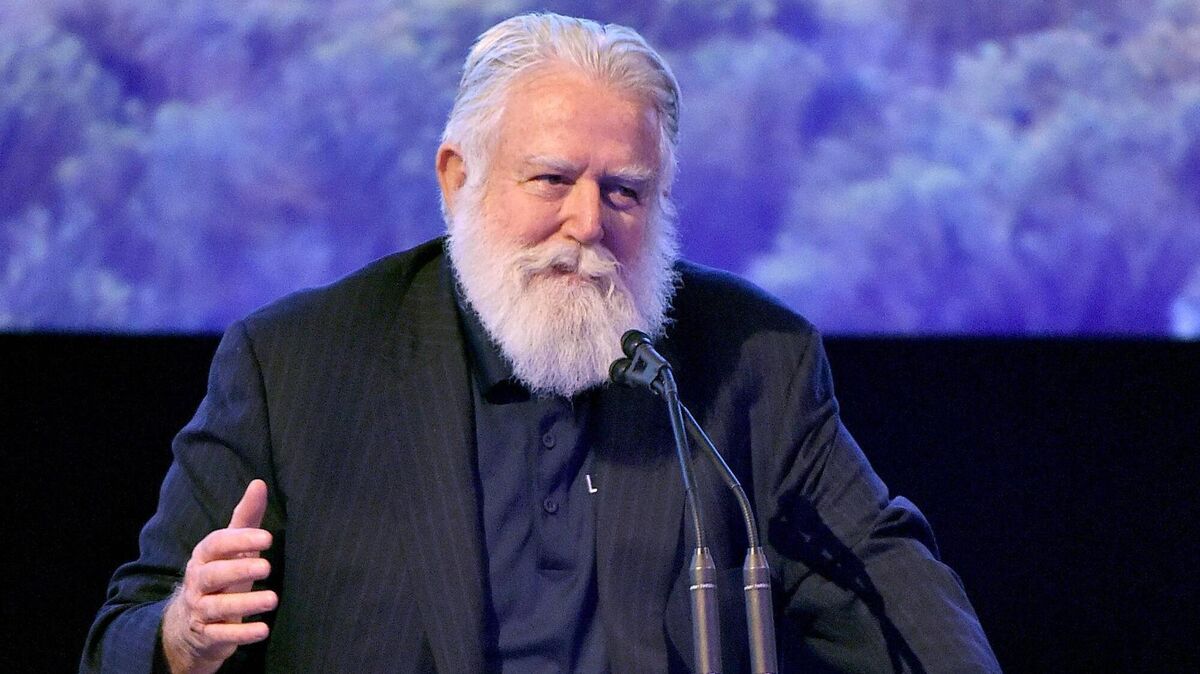
Turrell had an emotional attachment to Co Cork; his wife Julia had ancestry in Castletownbere, and his two youngest children were baptised there. He maintained a connection with the area over the next few years, undertaking a residency at the Sirius Arts Centre in Cobh in 1994, and creating memorable installations at the Crawford Art Gallery and the National Sculpture Factory in Cork the same year.
But he soon abandoned plans to use West Skeam as his base in Europe. In a colourful article on the whole falling-out between Turrell and Turske (Building Gardens in the Sky, Art & Auction, 1993), the critic Nicholas Fox-Weber describes how the artist’s friends in Baltimore removed his valuables from the island one winter’s night: “Their boats were reportedly down to their gunwales under the weight of antique armoires and telescopes and Turrell’s other beloved objects.” Even as his plans for a sculpture garden foundered, Turske put the Liss Ard Estate to other cultural uses. The singer/songwriter Nick Cave lived there for a time as a sort of unofficial artist-in-residence, and in the late 1990s, it played host to a series of concerts by rock stars of the calibre of Patti Smith, Lou Reed and Spiritualized.
These events were well-received, but failed to sustain Turske’s grandiose dreams for the property, and it was subsequently acquired by the Stern family of Switzerland, who ran it as a hotel. The cast of Star Wars stayed there while filming at Skeilig Michael. The estate was bought by US investors – for a reported €3.5 million – in December 2020, and continues to operate as a five-star country manor hotel.
West Skeam was advertised for sale in 2002 by Edward de Bono, the pioneer of lateral thinking, and was sold on again by the telecoms entrepreneur Leonard Donnelly in 2013. The three cottages on the island are currently available for rent.
Over the past three decades, Turrell has gone on to consolidate his reputation as an international artist. He is best-known for a massive project centred on the Roden Crater, an extinct volcano outside Flagstaff, Arizona.
Turske was last heard of teaching yoga in Berlin.




